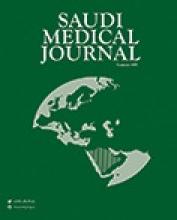Abstract
OBJECTIVE: To study the surgical anatomy and approaches of intracranial oculomotor nerve (OMN) and inferior obliquus (IO), and the methods of their electrode implantation in dogs.
METHODS: The research was performed on 30 adult beagle dogs at Shanghai Jiaotong University Medical College, Shanghai, China from November 2007 to August 2008. All animals were subjected to a right transfrontotemperal approach to intracranial OMN, a transconjunctival route to IO, and the neuro-stimulating and recording electrode implantation under general anaesthesia. The OMN was stimulated and the electromyography of IO recorded and analyzed with the Powerlab System. The security and reliability of the implanted electrodes were investigated.
RESULTS: The surgical anatomy and approaches of both the OMN from its exit from midbrain to the entrance into cavernous sinus and the IO were described. Moreover, the implantation methods of OMN stimulating electrode and the electromyographic recording electrode of IO were displayed. The implanted electrodes were safe and reliable. Some electrophysiologic data of IO were obtained in the healthy dogs. Also, some perioperative precautions for intracranial and ophthalmic surgical procedures in dog were exhibited. The mortality rate of the dogs was 0%, and no operative complications were observed.
CONCLUSION: With the data provided, these surgical approaches and the methods of electrode implantation offer a choice to construct an animal model for studying various aspects of OMN regeneration.
- Copyright: © Saudi Medical Journal
This is an open-access article distributed under the terms of the Creative Commons Attribution-Noncommercial-Share Alike 3.0 Unported, which permits unrestricted use, distribution, and reproduction in any medium, provided the original work is properly cited.






